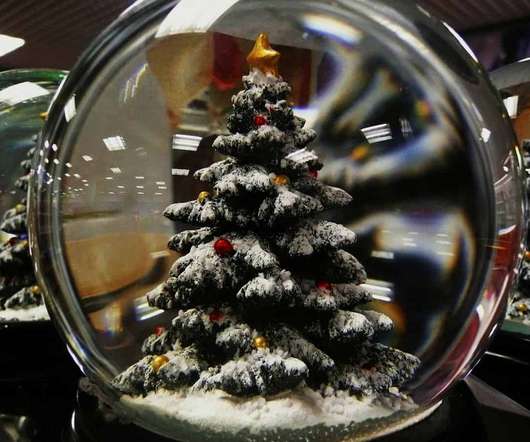This Week in Logistics News (May 20 – 26)
Logistics Viewpoints
MAY 26, 2023
Cargo ships lost 661 containers at sea in 2022, down from the 15-year average of 1,566 lost per year, according to the latest figures from the World Shipping Council (WSC). Some major ocean carriers have also announced new fees for goods shipped on the route as of June 1 in response to the canal restrictions.















Let's personalize your content